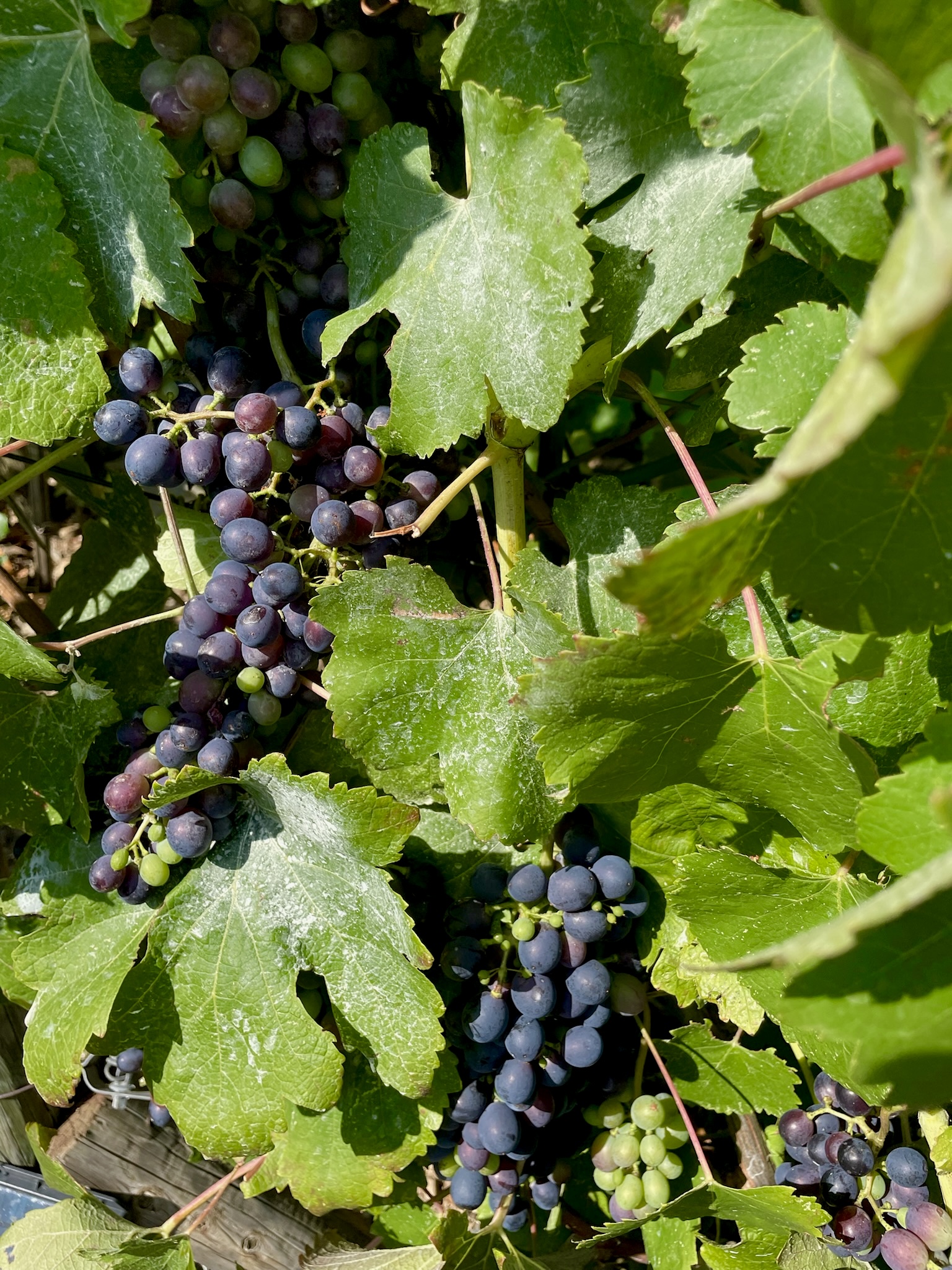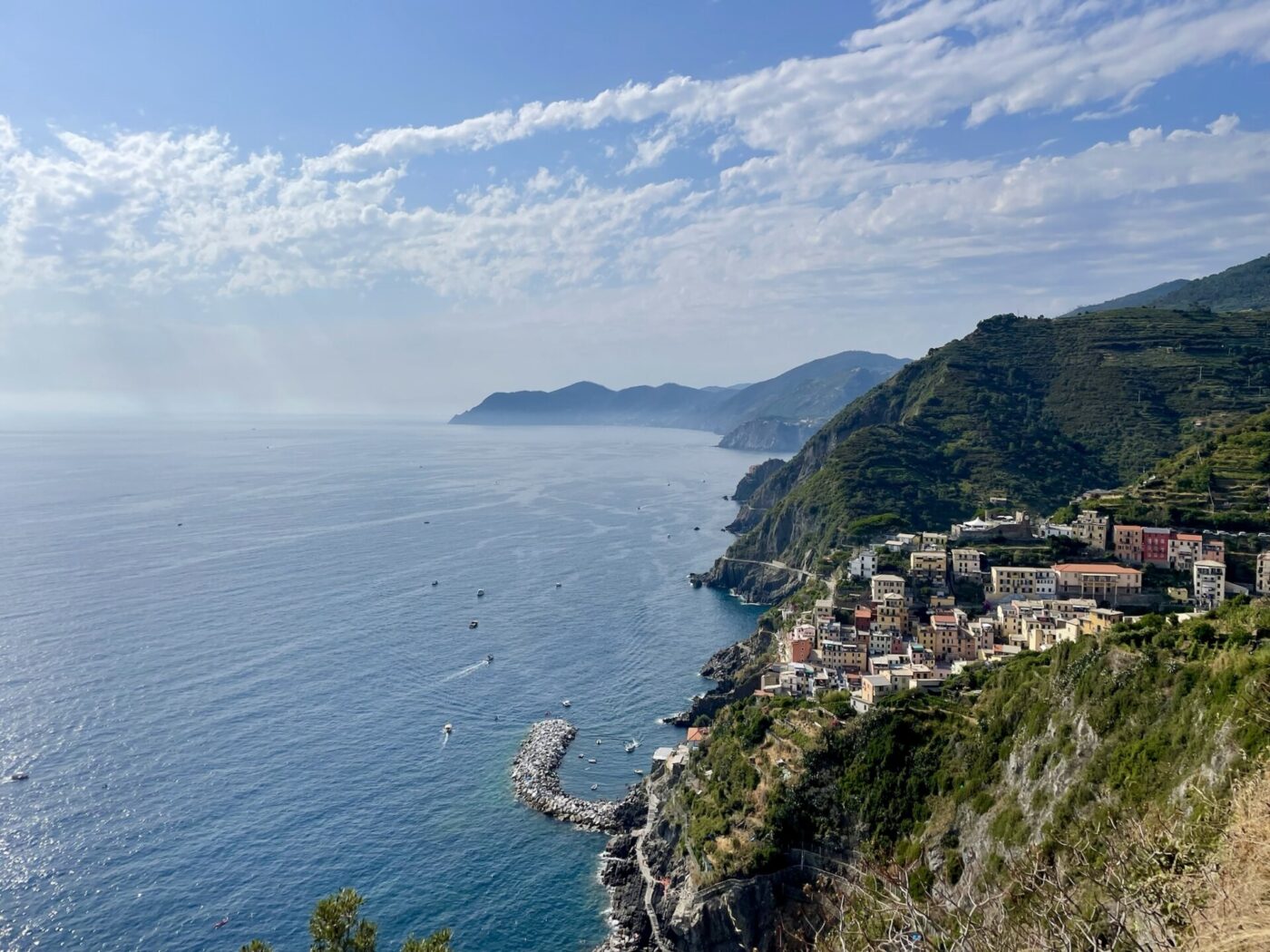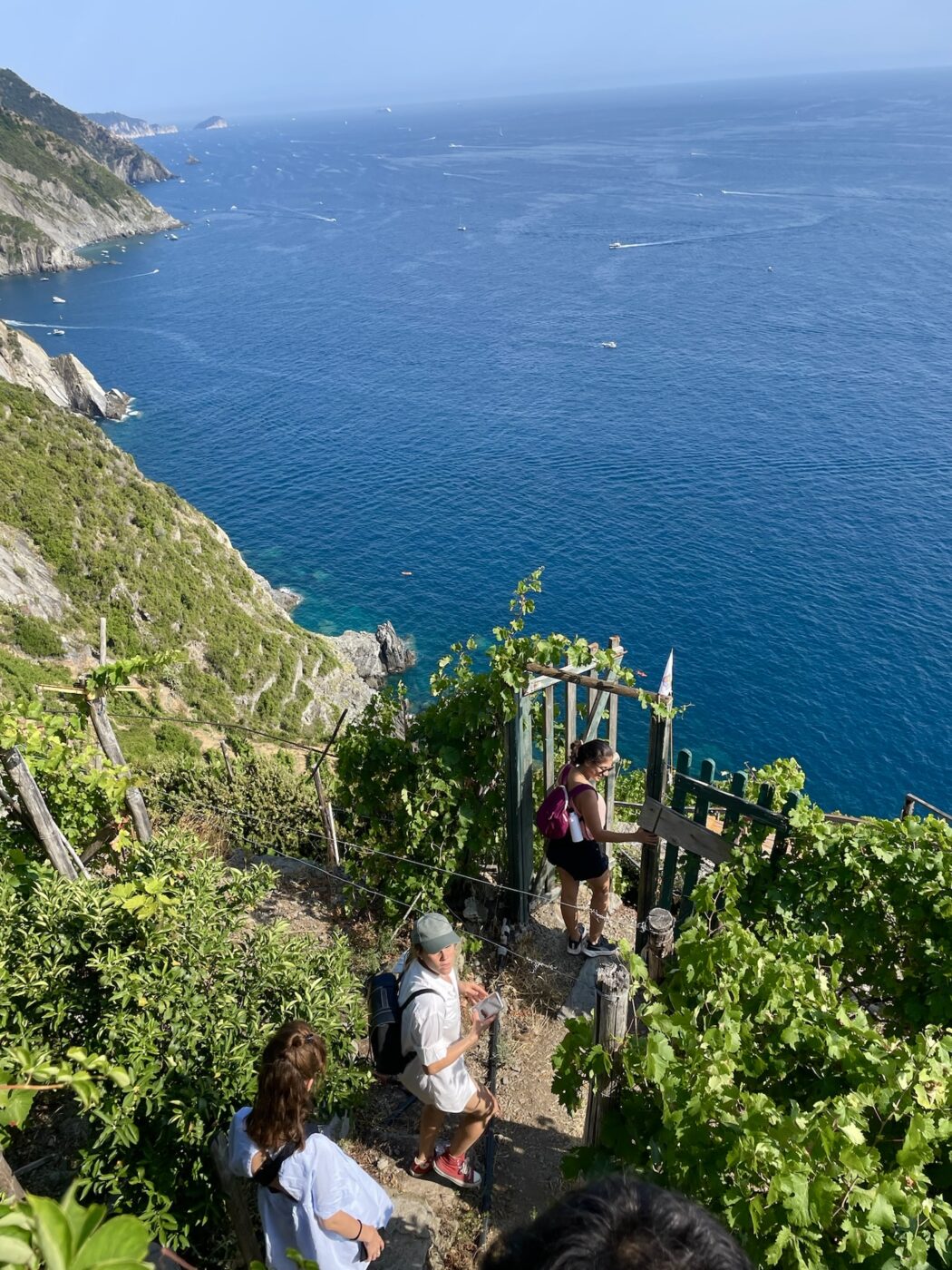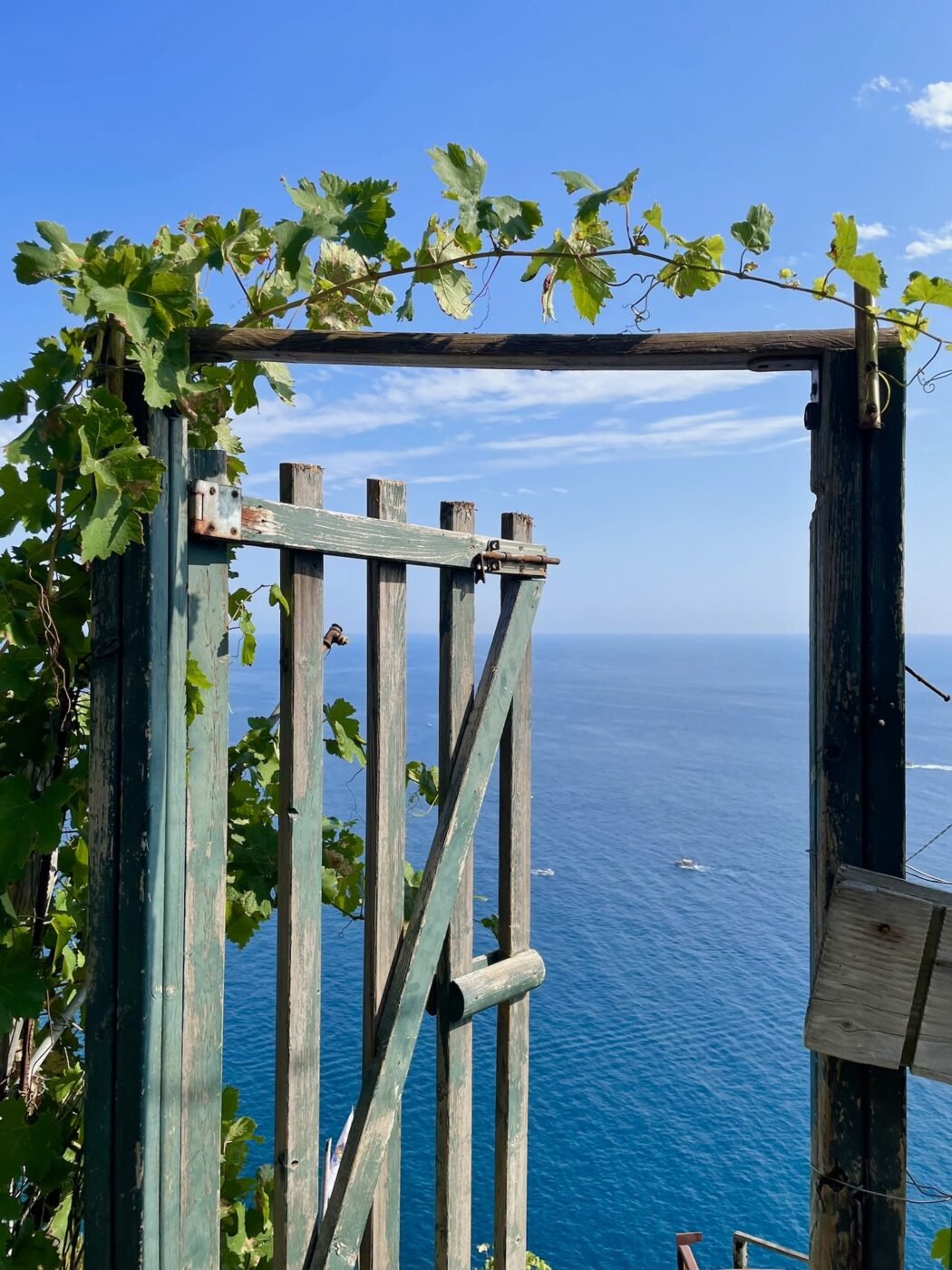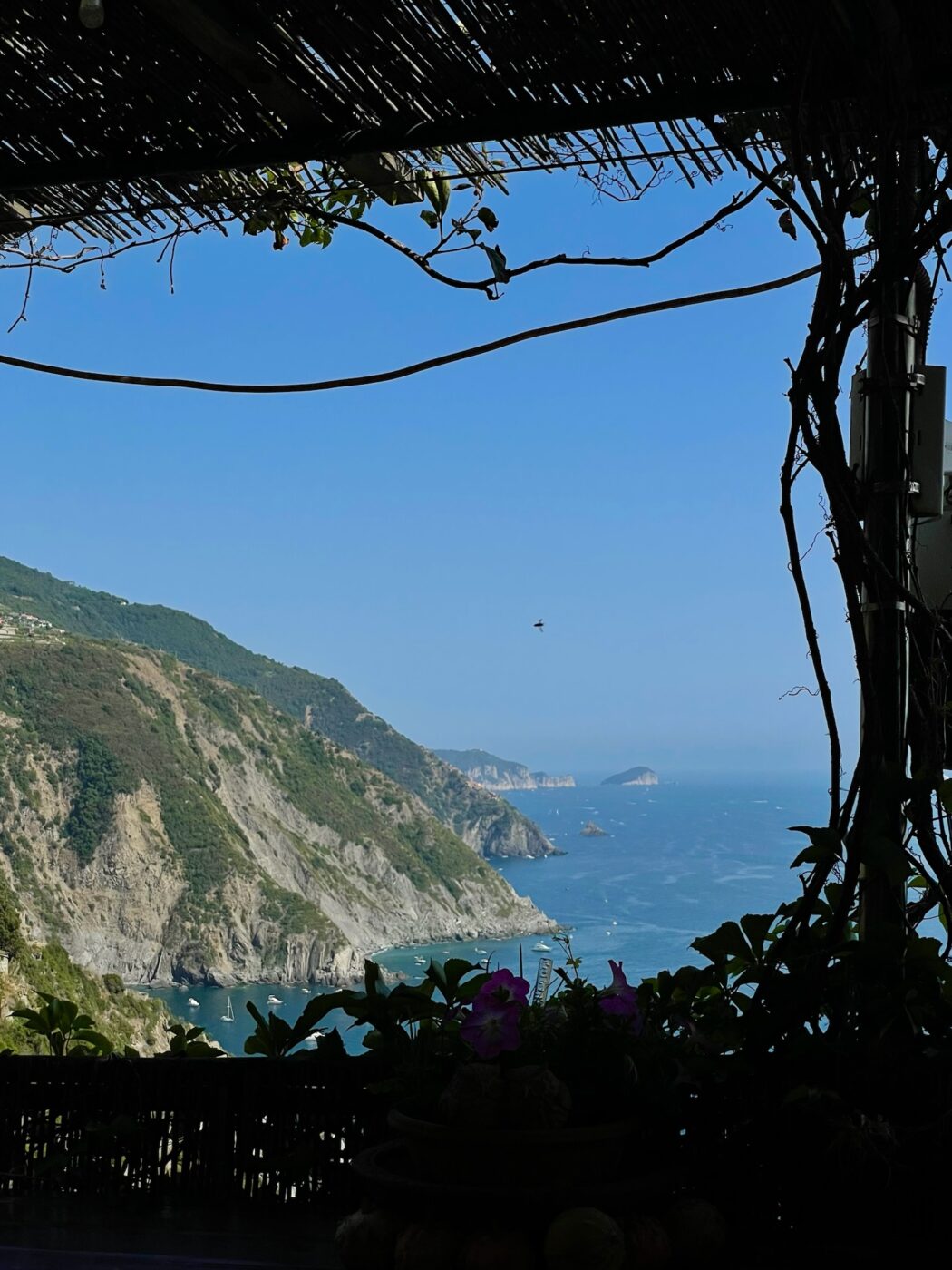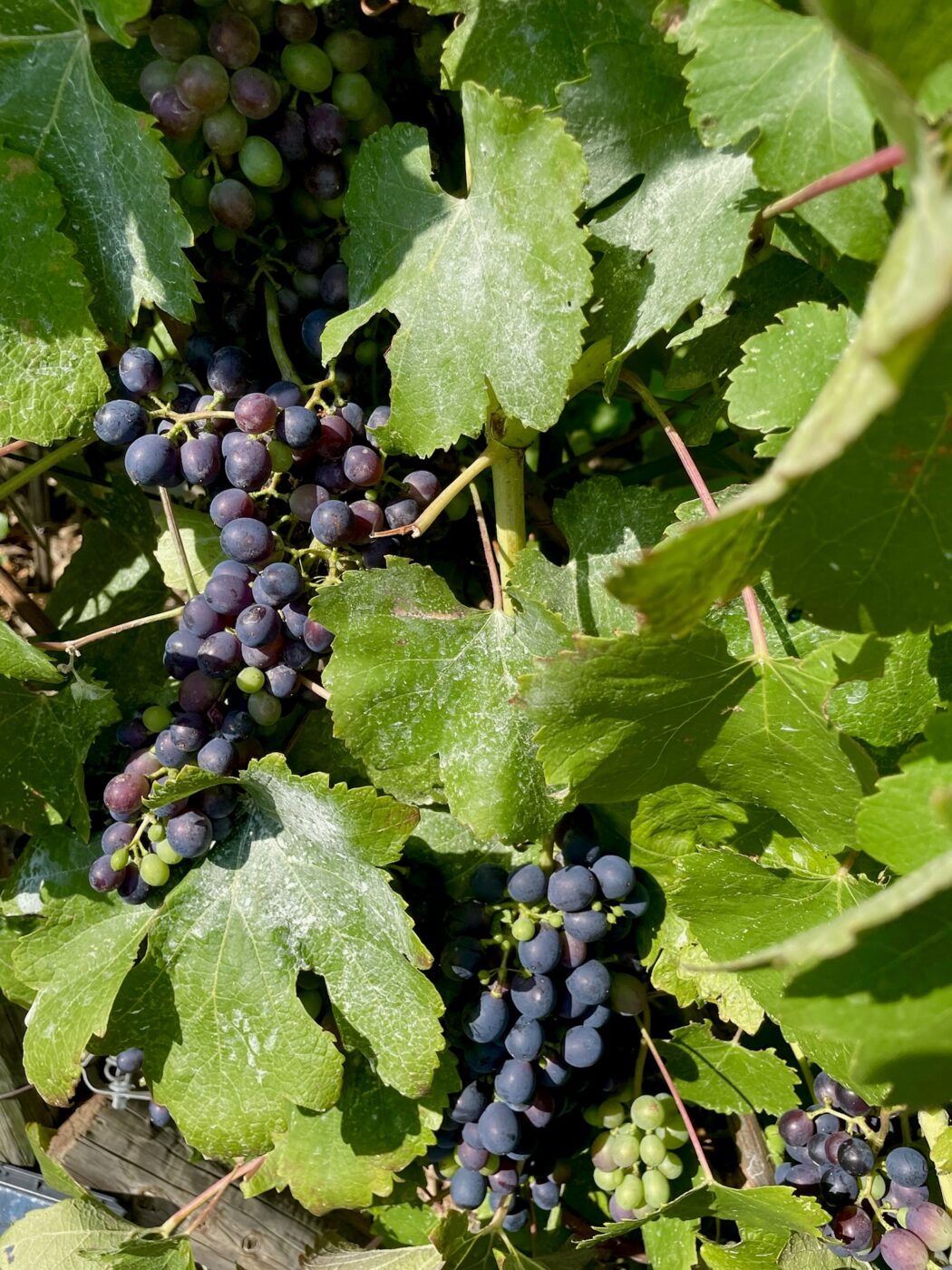Liguria is a special region held between the sea and the mountains, with a rocky, narrow, and relatively inhospitable shape. But its beauty surpasses many others in Italy, inspiring poets, musicians, and artists, and garnering the attention of throngs of tourists each year. Cinque Terre, in particular, is famed for its colorful soul and defiant shape, as the five picturesque villages weave into the steep rocky hillsides right above the blue sea. It’s common to address the region’s maritime history, given the cities’ seaside positions, but the millions who pass through fail to recognize that this land was actually established first as agricultural settlements–albeit in a place not naturally suited for the practice–and that the region has a long history of viticulture with some of the country’s steepest and most storied vineyards.
Testimonies that talk about Liguria’s “fine wines” date back to the Middle Ages, but vines existed here long before that, with some sources saying as early as the 4th millennium BC. Neighboring Genova was an important port for commerce, and by 2,400 BC, wine and grapes were being traded through the city at high rates, with some exports coming from the Cinque Terre area. During the Renaissance, Pope Paul III even served one of Cinque Terre’s most famed wines at his Roman banquets.
Today, a low number of producers, coupled with lower yields, means you’re less likely to find bottles from here as compared to neighbors Tuscany and Piedmont, but the wines still deserve their spot among the historical tables of popes and kings. Against all odds, around 30 small producers continue this painstaking winemaking tradition in one of the most aesthetic, but harsh, places in all of Italy, and have made Cinque Terre a sustainable wine capital.
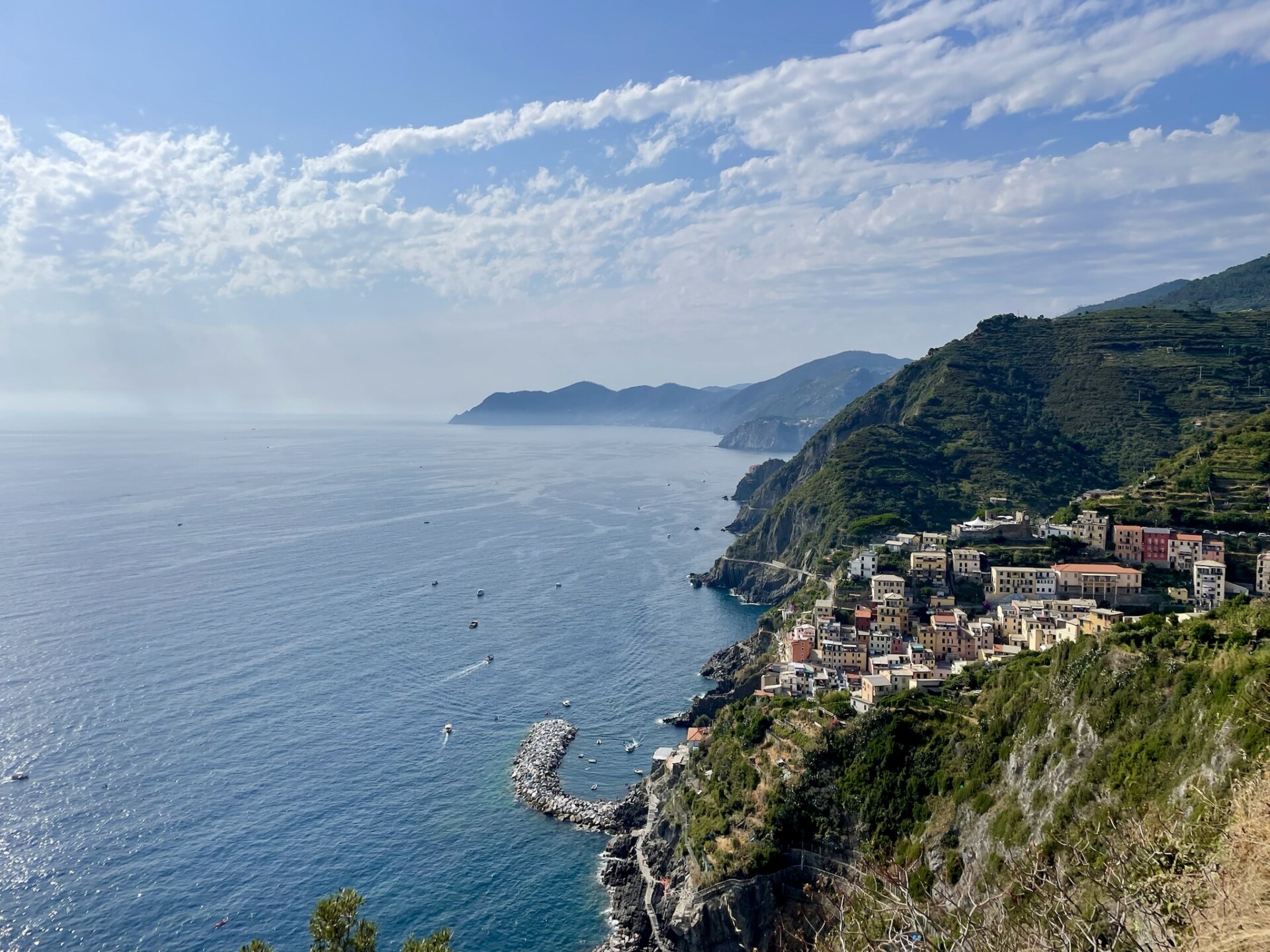
HEROIC VITICULTURE
The method of cultivating vines practiced here is called viticoltura eroica, literally “heroic viticulture”, because these vineyards stand on terraces or steps; viticulture here requires a good amount of extra work, since mechanization is impossible in these narrow trellising systems. Here, the vines climb up sheer cliff faces that are around 400 meters (1,300 ft) tall, and one of the only ways to access these vineyards is on the old mule trails built along 11th-century sandstone walls called “muretti a secco”. The extreme position of the vines, on top of the typically small and fragmented plots of land, means that vintners can’t count on tractors for their daily work in the vineyards. Every single job–from the most common field practices, like soil tillage or anti-pest treatments, to the harvest–is done completely manually, a huge weight on labor, time, and costs of maintenance.
Plus, the harsh wind that blows inland from the sea limits the vines’ growth to no more than about 50 cm in height–which makes tending and harvesting even more laborious (not to mention the back pain!). But these winds are a crucial source of nourishment, providing the rocky soil with incomparable minerals that impart a peculiar “wet stone” characteristic on the wines; and so, muretti terraces are built, and rebuilt, to provide space for the grapes to grow and to help protect the maturing grapes.
But winemakers here are not “heroes” just for the difficult conditions of their labor. Today, we can count only 150 hectares of vineyards, compared to the 1,400 of the past century. The advent of industrialization played an important role in the abandonment of these lands, as did Phylloxera, a pest that arrived from America in the 19th century, which quickly killed the majority of the European grape species; farmers didn’t have much choice but to relinquish their land. It wasn’t until relatively recently that a group of agriculturists, especially those focused on organic and biodynamic techniques, returned to Cinque Terre to start a project of winemaking and bring back the region’s glorious viticultural past.
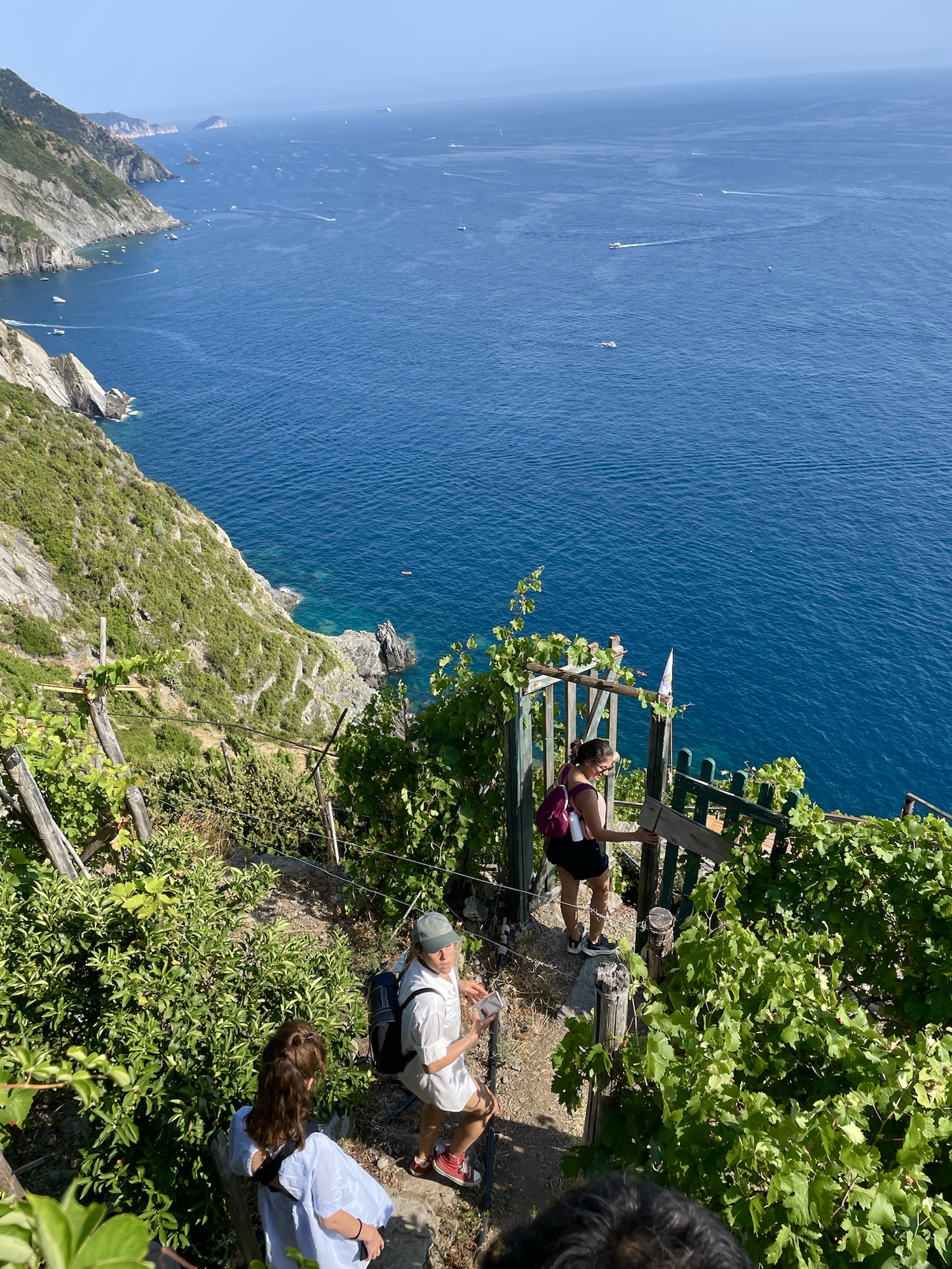
THE WINERIES OF CINQUE TERRE
These wineries are not those big production labels with incredible architectural cellars. Here, wineries have very small extensions, between 1 and 10 hectares, with very little production. Marketing stratagems are not needed since nature has been so generous already. There’s no space for big names, state-of-the-art technology, or international varieties, so dear to a certain kind of consumer. Instead, Cinque Terre wines are the result of tradition, dedicated artisans, and, above all, a great, great effort.
One such artisan is Heydi Bonanini, vignaiolo of Possa, renowned for his efforts to find and re-establish olds varieties that have disappeared with the abandonment of the lands. Since 2004, he’s produced over 19 varieties on his 2.5 hectare property in Riomaggiore, an amphitheater of precipitous terraces rounded by the sea. His wine cellar is framed by natural rock slabs, permitting the highly desirable spontaneous fermentations that are prevalent in wooden barrels. The wines are made without clarification or filtration, and, since the 2017 vintage, without added sulphites. To extend the life of his white wines without the sulphites’ help, he macerates the grapes for about 6 to 20 days. And, as with many of the wineries here, the investment is high and thus so are the costs of production.
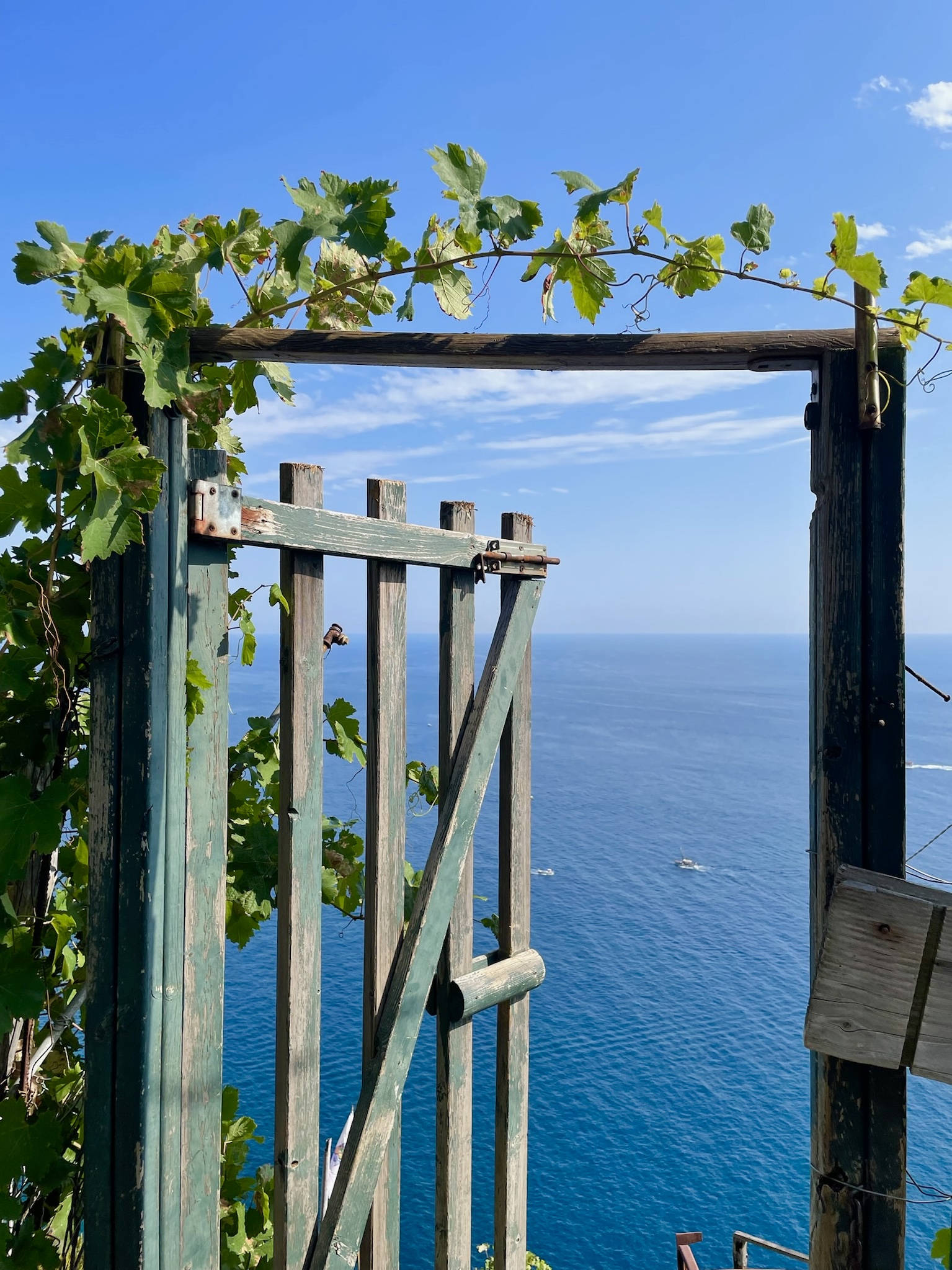
THE WINES OF CINQUE TERRE
The Bosco, Albarola, and Vermentino grapes are the most common and representative varieties of Cinque Terre today–all dry and mineral whites, refreshing and great companions for a pranzo al mare or a summer dinner. Since 1973, all three varieties have been protected by the Italian appellation DOCG.
Formerly, however, the Ruzzese, or Razzese, variety was the real star, named so by naturalist Giuseppe Acerbi in 1825. Nearly extinct by the end of the 20th century, the grape is now only cultivated in a few places in western Liguria. In past centuries, wines from here were also called “Vernaccia”, described to be at their best when they showed “salty and smoky” aromas, and capable of long aging. This name is no longer present in this territory, but similar characteristics can be found today in the well-known Vernaccia di San Gimignano, the only DOCG in Tuscany for a white grape variety.
Cinque Terre’s most famous wine, however, is actually a vino passito, a wine made from sun dried grapes, called Sciacchetrà. This golden wine is quite pleasant, with a honey scent and a velvety sweetness well supported by acidity and savory notes.
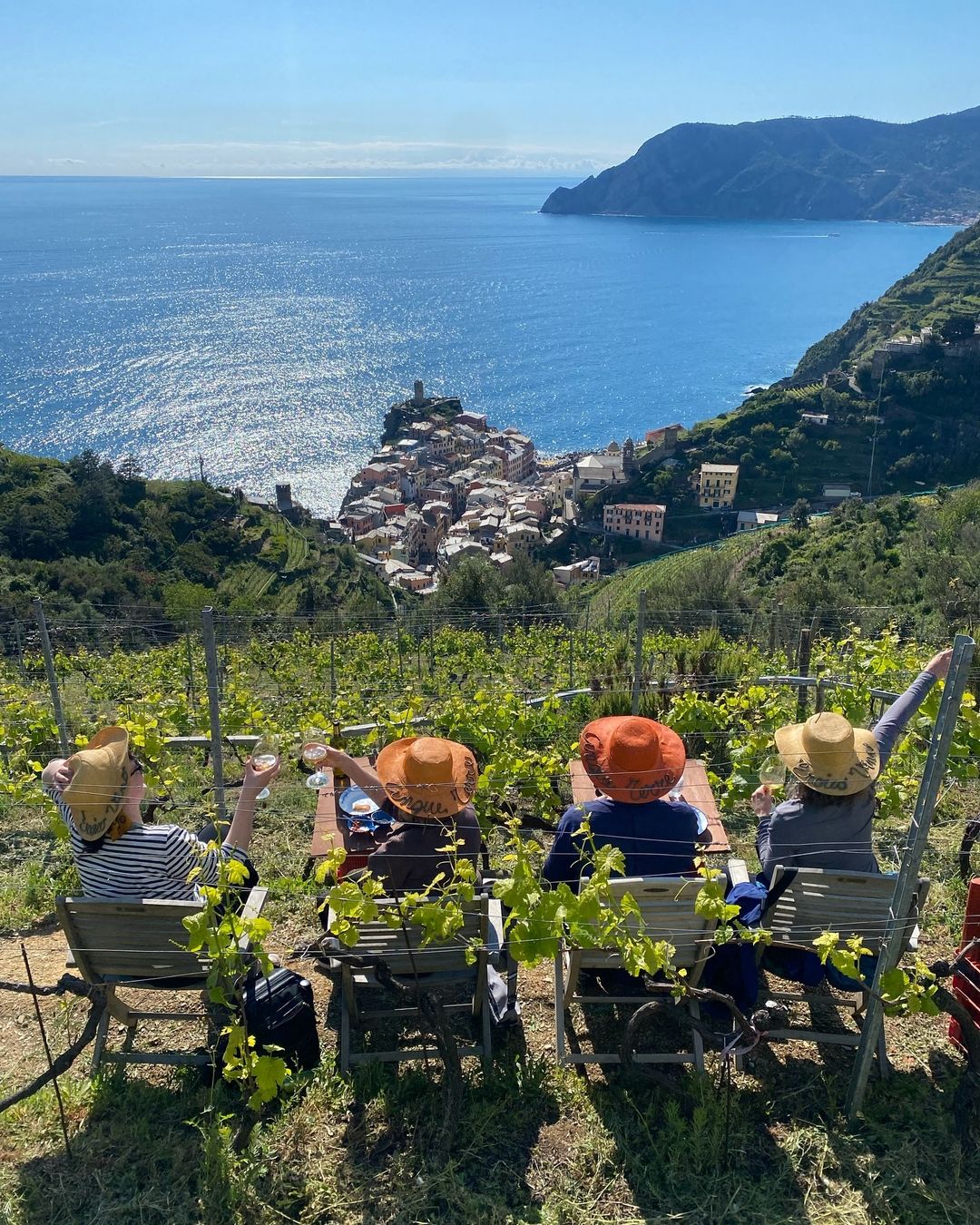
Courtesy of Cantina Eroico; @eroicovino
VISITING CINQUE TERRE
The Parco Naturale delle Cinque Terre was established in 1999, after the former annexation in 1997 to the UNESCO list of World Heritage Sites as a “cultural landscape”. The idea behind the park was to promote this territory and protect what makes it unique and special. It’s one of the smallest national parks in Italy and, at the same time, the most densely populated, with around 4,000 inhabitants (not to mention tourists) divided into the five villages across the 3,868-hectare park.
A network of hiking trails was restored, and some of them pass through these heroic vineyards where you can stop to taste the producers’ wines or just admire the distinctive landscape. Cantina Eroico, for example, organizes a three-hour hike starting from the town of Vernazza to their winery. It’s not an easy trek, but you’ll be rewarded by the stories of Angelo and a tasting of their fantastic wines.
If you visit Riomaggiore, don’t miss the chance to visit Heydi of Possa, or head to Manarola to try Walter De Battè’s Primaterra wines, as he’s probably the most famous vignaiolo of Cinque Terre. He describes himself as “tormented and tortuous, as his land”, but his wines are pure happiness and easy to love. His best one? Harmoge, a blend of Vermentino, Bosco, and Albarola that perfectly expresses the energetic shale soil and, of course, the sparkling sea nearby.

